6 of the finest formant-shifting plugins
Find out more about formants, and their relationship to pitch
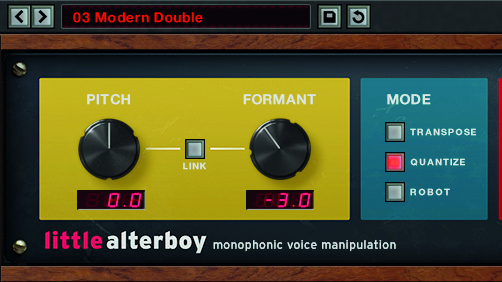
Users of modern music software will be fully aware of the concept of pitchshifting. Performed as an offline process directly on an audio region, or via a real-time processing plugin, you’re able to transpose the key of a signal up or down in semitone steps, in finer cent divisions, or a combo of both.
When shifting pitch using one of the aforementioned methods, you’ve probably stumbled across another control labelled ‘formants’. While closely related to pitchshifting, formant shifting is a little different, and is often misunderstood. Let’s take a look at the differences.
Formant shifting is best explained in terms of the human voice. A typical vocal signal, like all signals with an inherent musical pitch, comprises a fundamental frequency - the root pitch - and mathematically-related harmonic overtones. Regular pitchshifting will transpose the fundamental and related harmonics up and/or down while maintaining their relationship, resulting in an obvious transposition of musical key. Need to tune a C vocal up to a C#? Then pitchshift it up by one semitone - easy.
A vocal’s formants, on the other hand, are its inherent spectral frequencies - unrelated to pitch - created by that specific vocalist’s vocal tract, mouth shape and other resonant characteristics. It’s why, for example, one singer singing at C3 will sound completely different to another vocalist singing the exact same note. In broader terminology, we usually refer to this as ‘timbre’.
A vocal’s formants are its inherent spectral frequencies - unrelated to pitch - created by a specific vocalist’s vocal tract, mouth shape and other resonant characteristics.
The process of formant shifting, therefore, allows you to manipulate these formants (and therefore timbre) while maintaining pitch. At subtler values, this can be used to gently shift a vocal performance’s timbre up or down, while more extreme changes are often perceived as ‘gender alteration’ - think extreme, chipmunk-style shifts or house-style deepening effects. And though we’re using the human voice to illustrate, all audio signals contain unique formant frequencies, making formant processing a useful tool for altering the timbre of any instrument.
The interrelationship between pitch and timbre is an important one. If, for example, you’re pitchshifting a signal up by a few semitones, an opposing downwards shift in formants can often counteract the ‘Mickey Mouse’ effect of the former. And vice versa: the further you pitch something down, the more a rise in formants may help. Overall, it pays to experiment with various settings and get to know how they interact for best results.
Note that formant shifting becomes less transparent the more you abuse it, and can sound wildly unnatural at extreme settings – which may be exactly what you want!
Want all the hottest music and gear news, reviews, deals, features and more, direct to your inbox? Sign up here.
Here are six tried and tested format-finessing favourites...
6 of the finest formant-shifting plugins
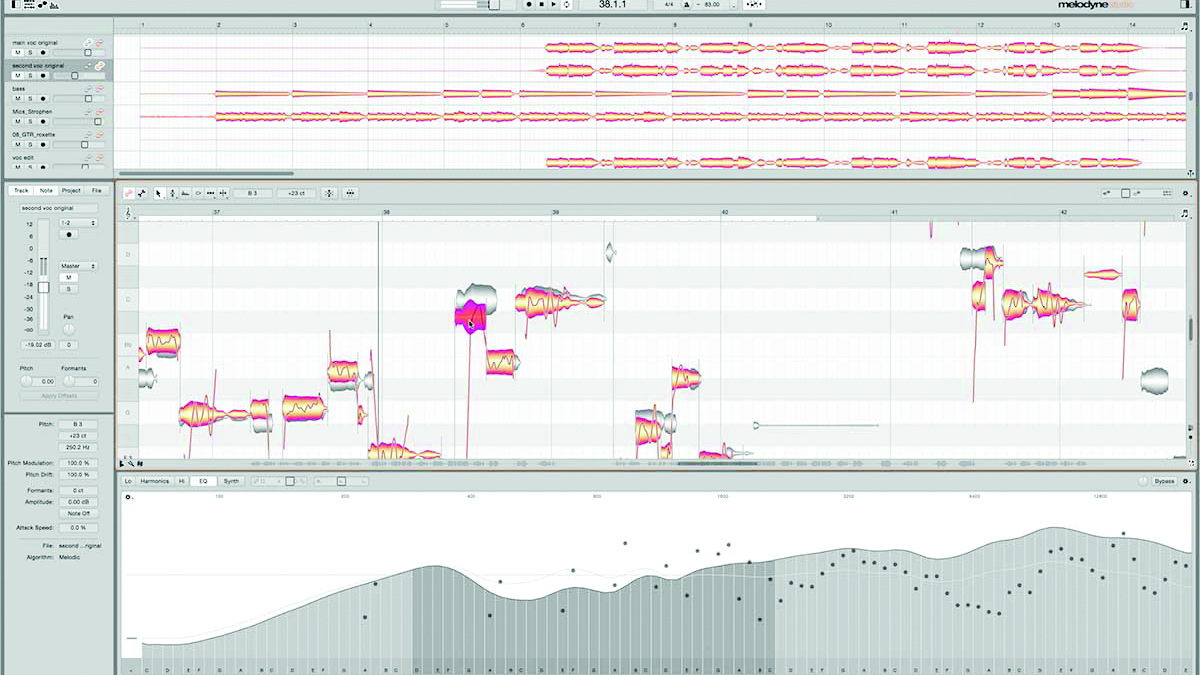
1. Celemony Melodyne 4
There’s a reason why ‘Melodyning’ has become a verb for vocal tuning. Overkill for simple formant-tweaking tasks, but utterly essential for detailed per-note adjustment.
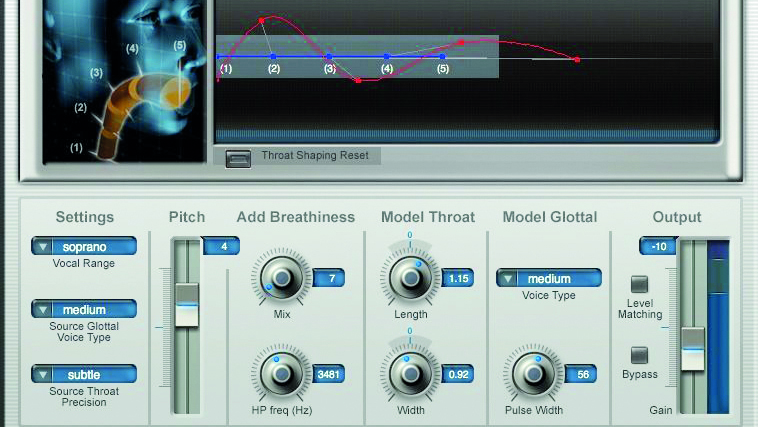
2. Antares Throat Evo
If you want to alter the personality of a voice, this plugin can completely remodel vocal characteristics - vocal chords, tract size, mouth/throat/lips shape and more – in real time.
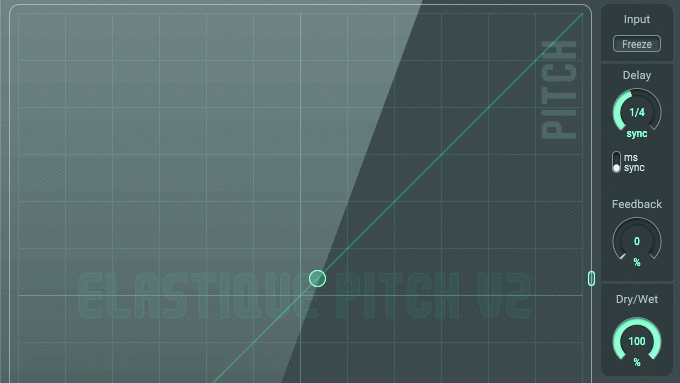
3. Zplane Elastique Pitch 2
A concise but effective real-time processor. Slap it on a channel, then ramp the Timbre dial up or down to shift the signal’s formants in either direction independently of pitch.

4. Soundtoys Little AlterBoy
This is a must-have for creative pitch and formant-shifting. Sweep formants locked or unlocked to pitch, dial in colourful Drive, and blend the effect in parallel with the dry signal.

5. MeldaProduction MAutoPitch
Melda’s MFreeFXBundle features this powerful shifting tool. Auto pitch correction is this plugin’s forte but it excels at formant shifting, too.
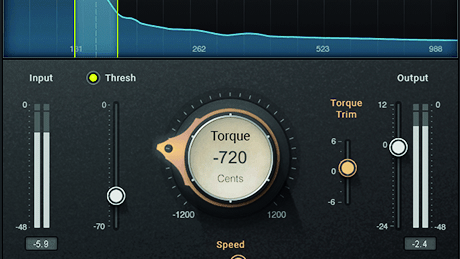
6. Waves Torque
Although not a straight-up formant shifter, Waves’ drum processor is a distinctive tuner that uses vaguely-described tech to retune drum recordings and beats in real time.


Future Music is the number one magazine for today's producers. Packed with technique and technology we'll help you make great new music. All-access artist interviews, in-depth gear reviews, essential production tutorials and much more. Every marvellous monthly edition features reliable reviews of the latest and greatest hardware and software technology and techniques, unparalleled advice, in-depth interviews, sensational free samples and so much more to improve the experience and outcome of your music-making.
